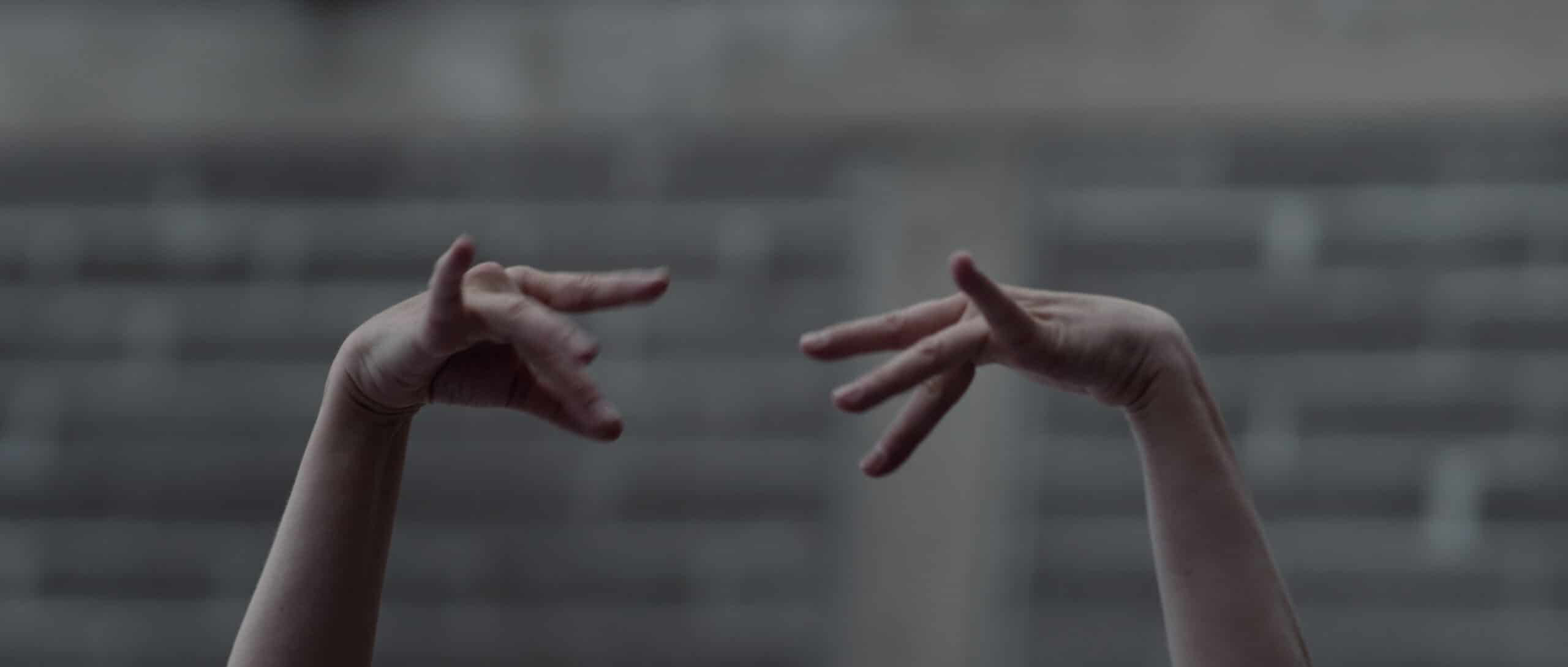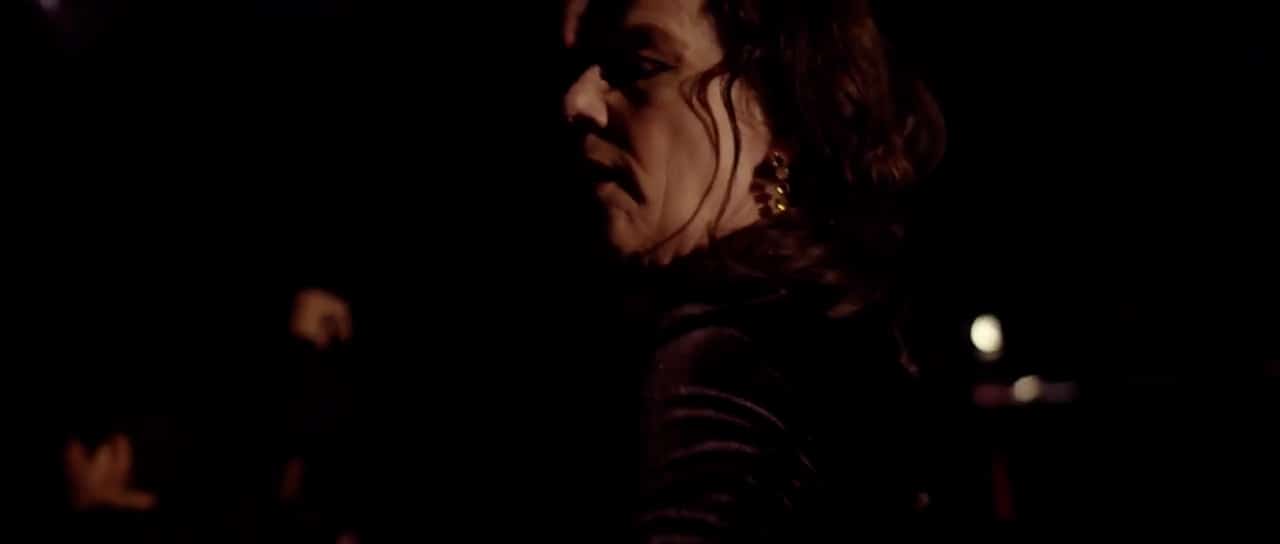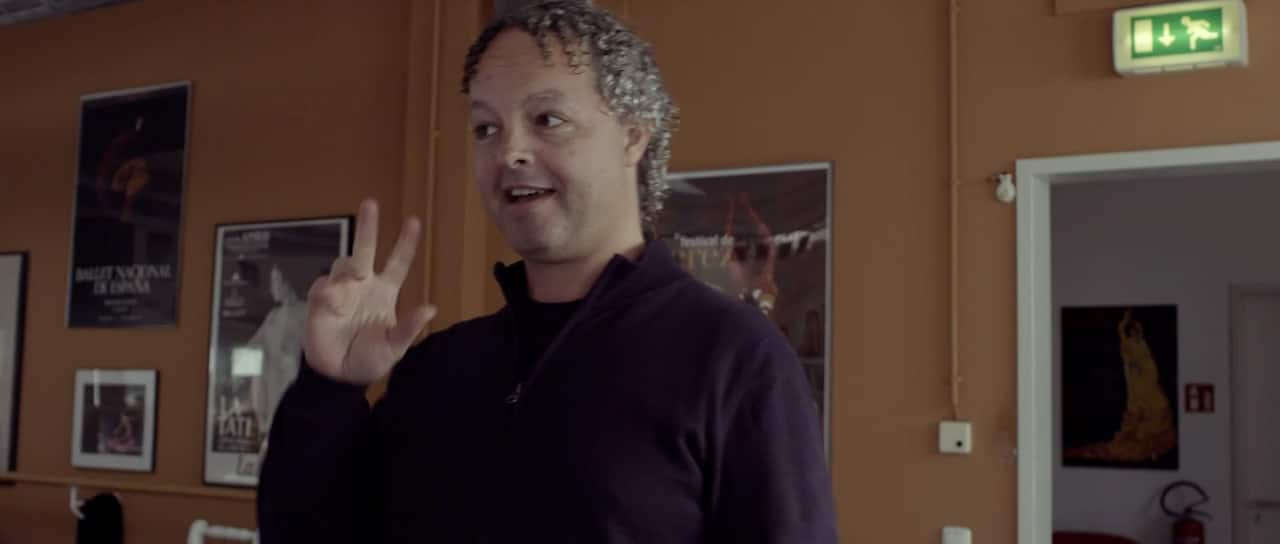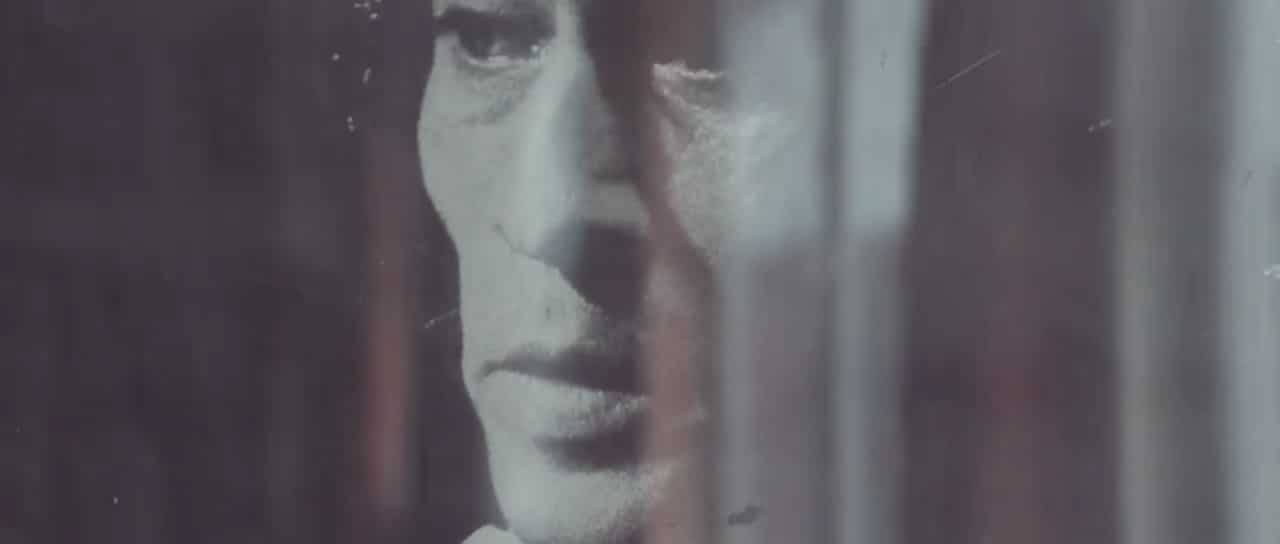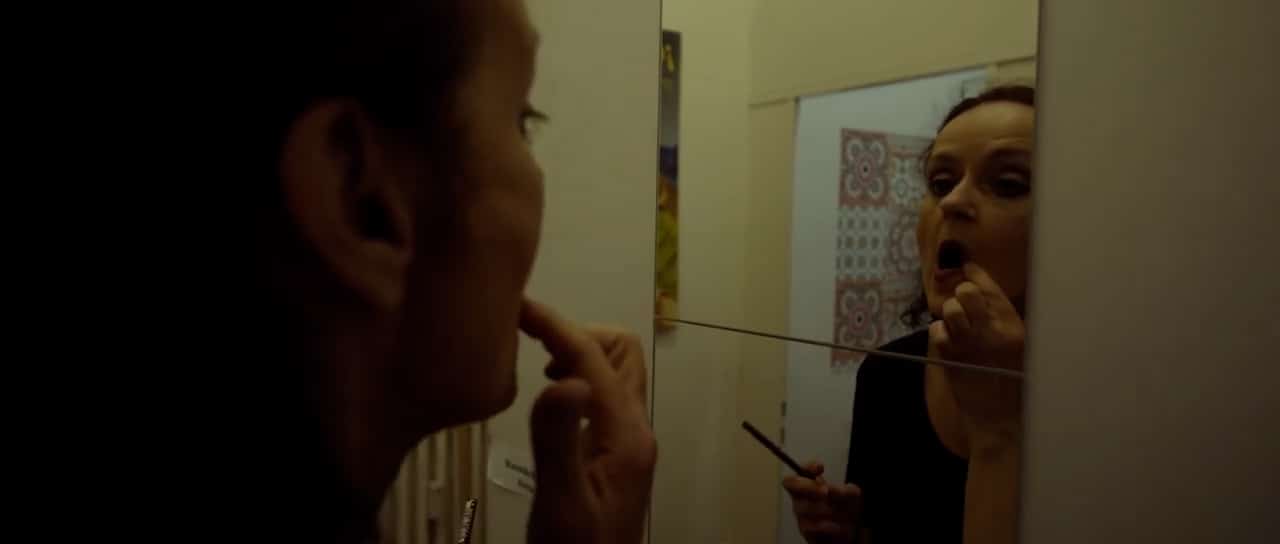BAILARINA
a film by Tim Gralke
stage: development
director: Tim Gralke
production company: BLACK MARKET filmproduction (Germany)
contact@blackmarketfilm.com
t: +49 177 80 72 699
www.blackmarketfilm.com
synopsis
Maria is a dancer. She “lives” flamenco. Flamenco is her lifeblood and she cannot live without it.
She is single, lives in Essen, in the middle of the Ruhr area in Germany and is approaching 60. For Maria, flamenco means not only dancing, but also living in a certain way and dealing with people in a certain way; it means to her giving everything for the dance and accepting a lot of shadow sides of flamenco life.
As a dancer, she celebrated international success, but was and is constantly in need of money. She has worked with the most famous artists of this genre flamenco and has grown artistically with them. Today she runs her own dance studio, cooperates with well known and innovatively working dancers like Juan Carlos Lérida and works as a lecturer at the renowned Folkwang University of the Arts.
Maria is very introverted and tries to get known her own soul. Her constantly reflected search for meaning is what she carries into her artistic work. And currently, she is planning the production of a new dance theater piece that is about answering the question: “What will remain of me when I’m no longer here?”.
Maria’s confrontation with this question, which is of crucial importance for her today, at the age of almost 60, takes on a special meaning through the medium of flamenco: Flamenco arose in Spain as an artistic expression of a time that was shaped by war and expulsion, death, loss, hope and new beginnings. Everyone, who feels flamenco within herself or himself and surrenders to flamenco as a dancer, carries all the suffering and all the love of being human in these magical moments of dance. One’s “I” becomes part of this suffering and this love. Within the context of flamenco, confronting herself with the question “what remains” is an exhausting challenge that Maria wants to face.
We will observe Maria in the preparations for her new piece and the arguments during the rehearsals. We will travel with her to the important Spanish places of her past; places where she not only learned the art flamenco, but also had to experience exclusion and rejection because of her origins. And we will travel to the people with whom she once lived and with whom she “grew”. We will also get to know the resistance that flamenco dancers have to overcome in the past and today if they want to practice their art individually and against social conventions. We will observe Maria dancing, working and living, suffering and being happy … trying to find an answer to the question “What remains of her, when she is gone?”
“Life without flamenco is unimaginable.”

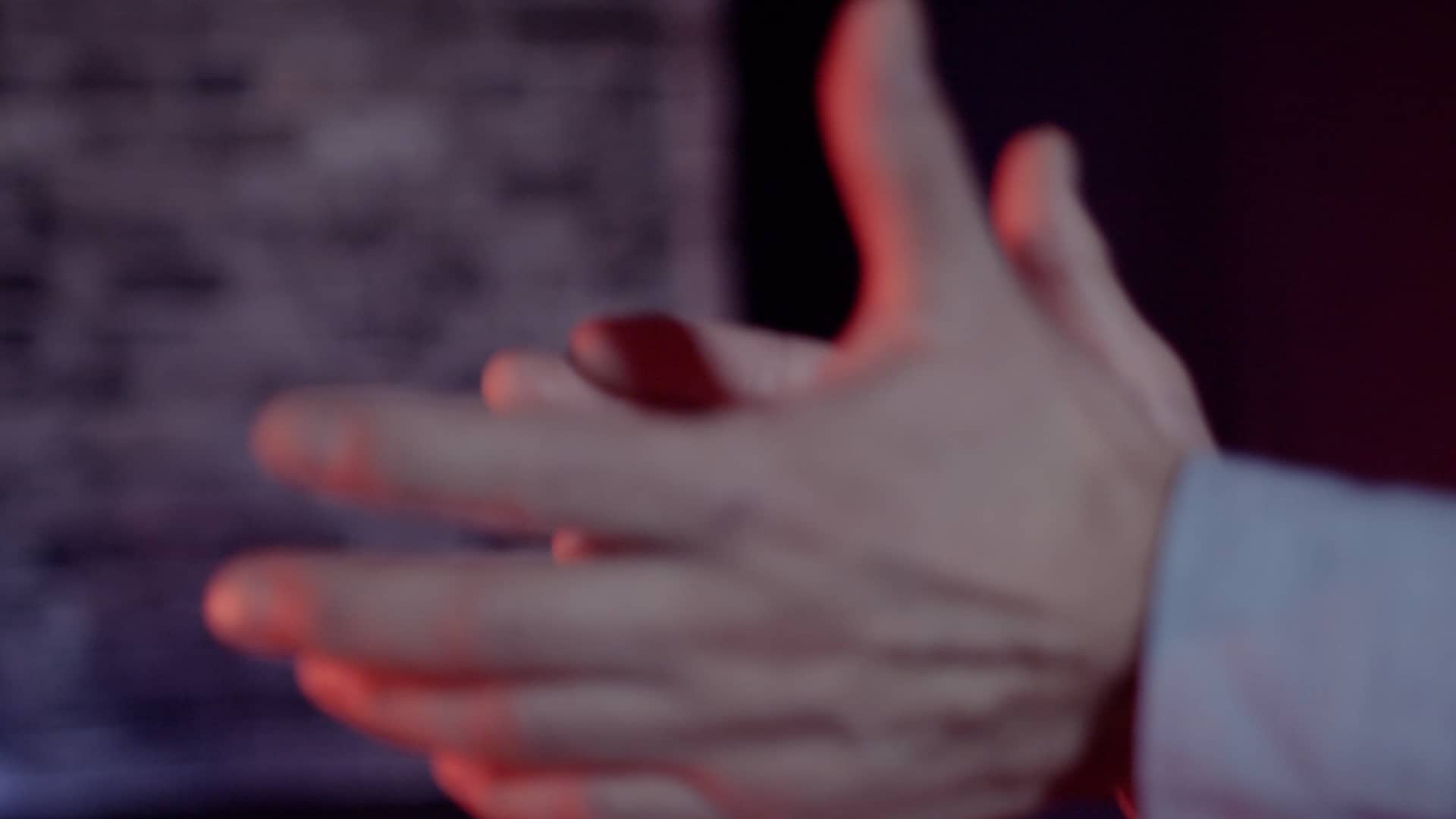
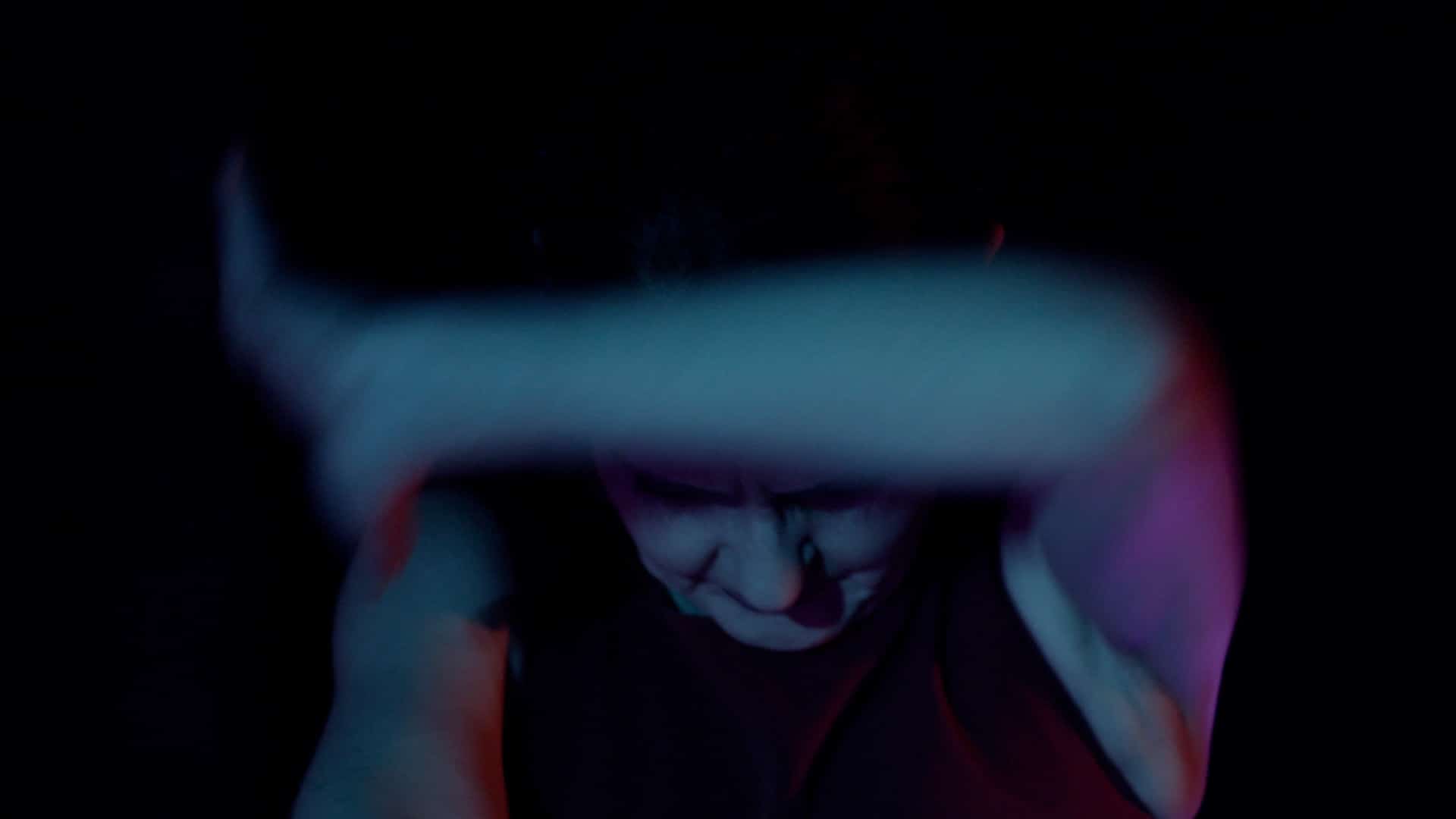
producer’s note
I know the artist and the person Maria since 2021, at a time when flamenco was still a blind spot for me. But from the beginning I was very impressed by what flamenco “is” and how deeply Maria lives flamenco and looks at life through her art, at the suffering in life and the joys in life.
Flamenco is the central moment that drives the development of the film. Flamenco is, above all, a reflection of the society in which we live. It is a dance art that had its origins long ago in a social condition marked by flight and expulsion, war and new beginnings. Flamenco, if one disregards all the commercially driven aberrations of this genre, is an expression of all that man carries within himself and with which he tries to find his place in life.
When Maria dances as a Bailarina, she carries all of this within her: the jest of the world, the suffering caused by war and exclusion, and the love that man feels within himself. Technically brilliant, she surrenders to her feelings on stage and carries her inner self to the outside.
Listening and watching Maria, I feel reminded of other grandiose works of art, such as Demian by Hermann Hesse, who also succeeded in expressing what most people cannot find words or other forms of expression for. And she succeeds in this finding of the right words and the right expression in the moment in dance, because she gets emotionally and intellectually involved in the questions of life and works on them. The project she has planned on the question that is important for every human being, “What will remain when we no longer exist?”, is typical of her nature.
The film gives an insight into the art of flamenco and lets us experience our world through the eyes of this art. In this sense, I look forward to an artistic film that “shows us the world” through the eyes of Maria and at the same time presents extraordinary and brilliant art and dance scenes.
Hans
impressions from our development stage

